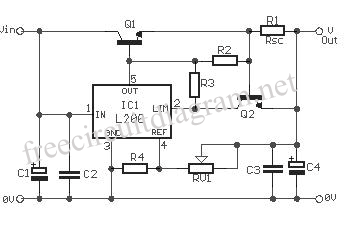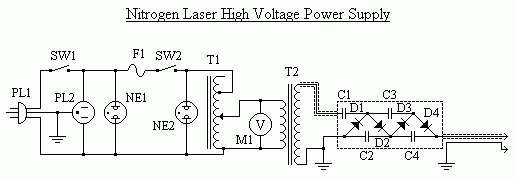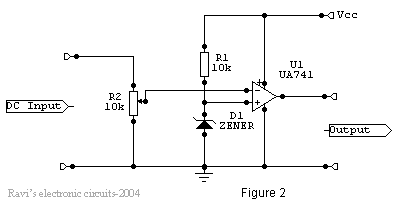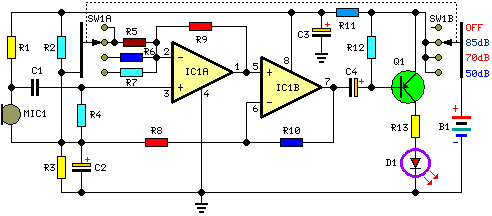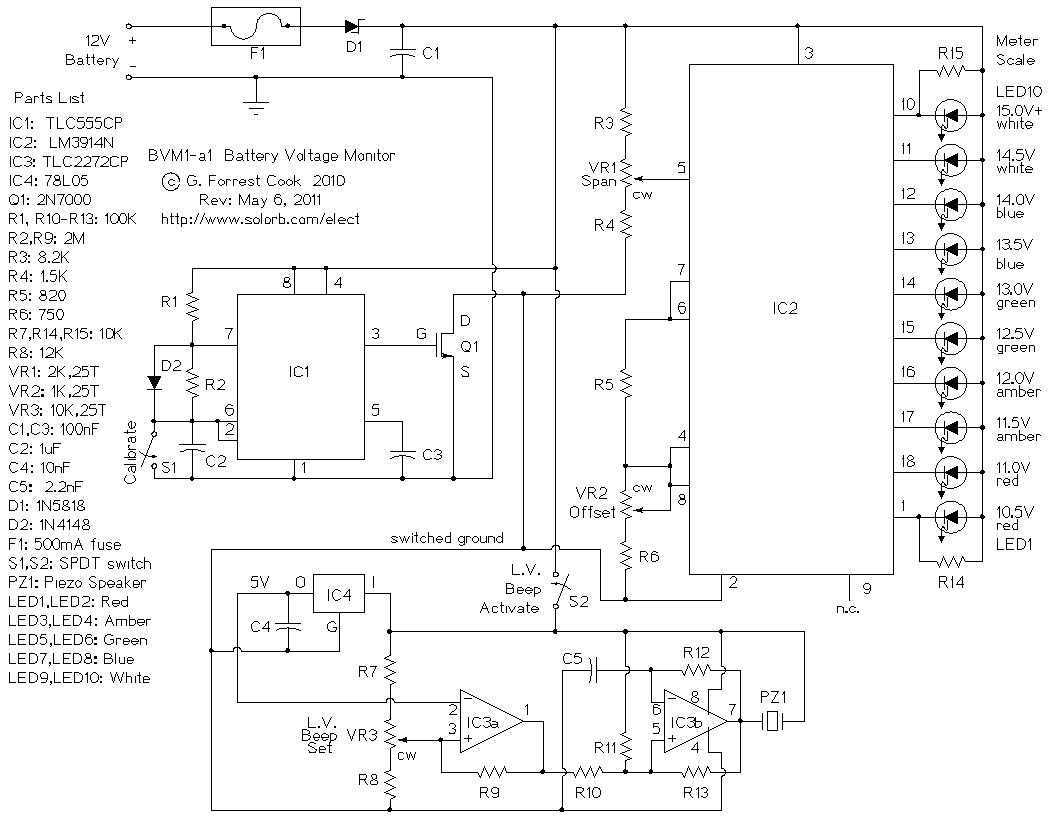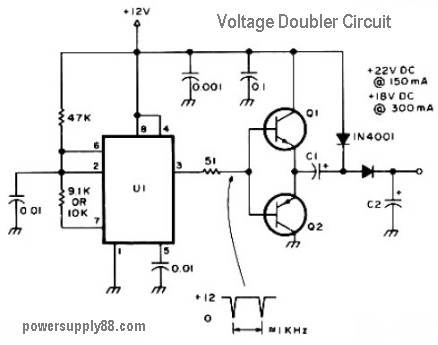
Mains Voltage Detector
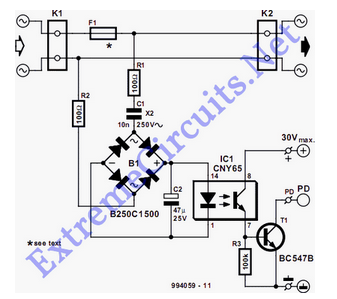
The detector is designed to sense and signal to another circuit when an appliance is connected to the mains voltage. For this purpose, an optocoupler, IC1, is utilized.
The circuit employs an optocoupler (IC1) to provide electrical isolation between the high-voltage mains supply and the low-voltage control circuitry. The primary side of the optocoupler is connected to the mains voltage through a current-limiting resistor, which ensures that the current flowing through the optocoupler's LED does not exceed its maximum rating. When an appliance is plugged into the mains, the optocoupler's LED is activated, causing it to emit infrared light.
This emitted light activates the phototransistor on the secondary side of the optocoupler. The phototransistor is configured in such a way that it can switch on or off a control signal, indicating the presence of the mains voltage. This control signal can be used to trigger other circuits, such as a microcontroller or a relay, allowing the system to respond appropriately to the detection of an appliance.
To enhance the reliability of the detection, additional components such as filtering capacitors may be included to smooth out any noise from the mains supply. Furthermore, a zener diode may be employed for over-voltage protection, ensuring that the optocoupler is not damaged by voltage spikes.
Overall, the circuit effectively provides a safe and reliable means of detecting when an appliance is connected to the mains voltage, facilitating further control and monitoring applications.The detector is intended to sense and signal to another circuit that an appliance is connected to the mains voltage. For this purpose, an optocoupler, IC1.. 🔗 External reference
The circuit employs an optocoupler (IC1) to provide electrical isolation between the high-voltage mains supply and the low-voltage control circuitry. The primary side of the optocoupler is connected to the mains voltage through a current-limiting resistor, which ensures that the current flowing through the optocoupler's LED does not exceed its maximum rating. When an appliance is plugged into the mains, the optocoupler's LED is activated, causing it to emit infrared light.
This emitted light activates the phototransistor on the secondary side of the optocoupler. The phototransistor is configured in such a way that it can switch on or off a control signal, indicating the presence of the mains voltage. This control signal can be used to trigger other circuits, such as a microcontroller or a relay, allowing the system to respond appropriately to the detection of an appliance.
To enhance the reliability of the detection, additional components such as filtering capacitors may be included to smooth out any noise from the mains supply. Furthermore, a zener diode may be employed for over-voltage protection, ensuring that the optocoupler is not damaged by voltage spikes.
Overall, the circuit effectively provides a safe and reliable means of detecting when an appliance is connected to the mains voltage, facilitating further control and monitoring applications.The detector is intended to sense and signal to another circuit that an appliance is connected to the mains voltage. For this purpose, an optocoupler, IC1.. 🔗 External reference
